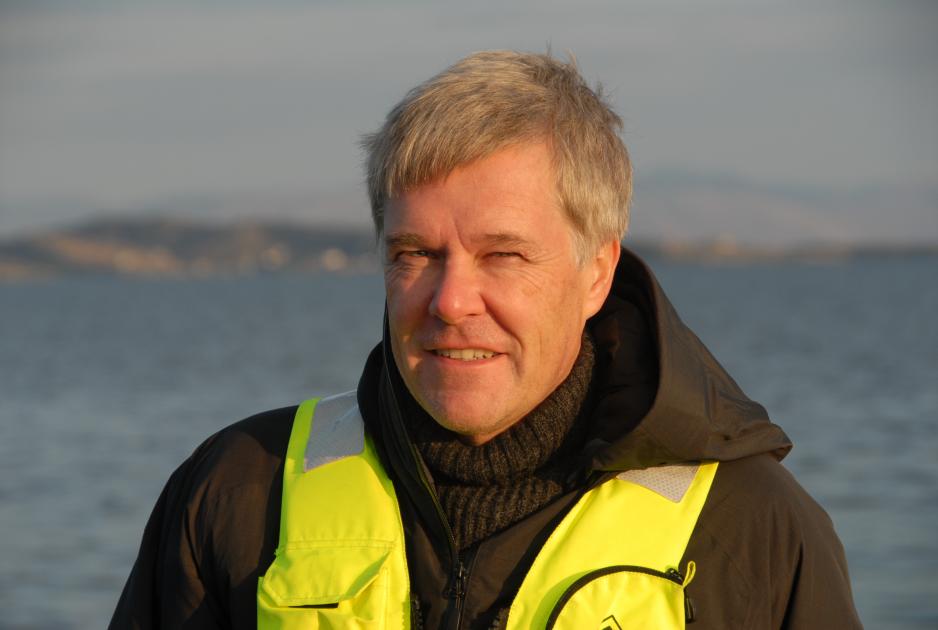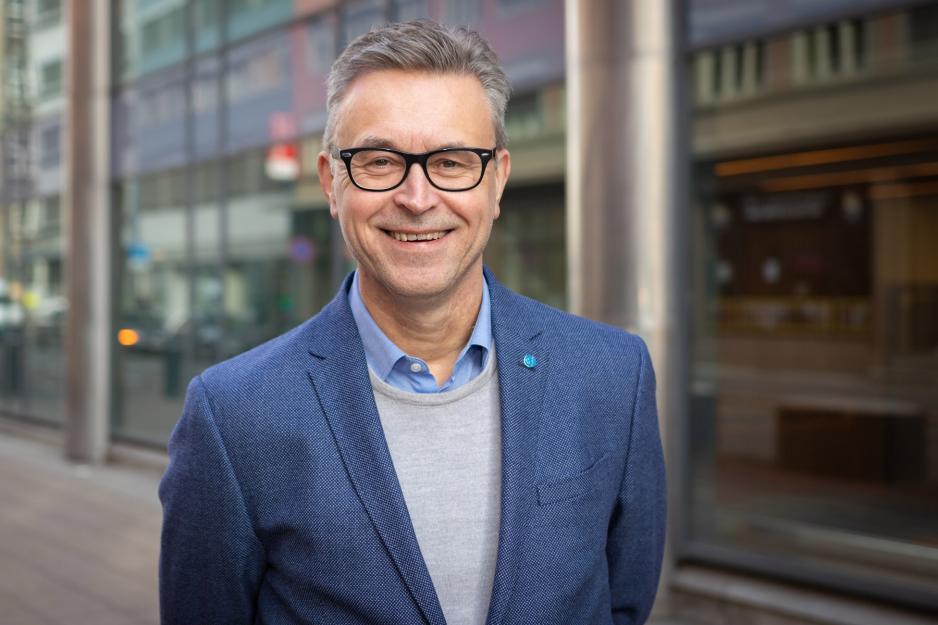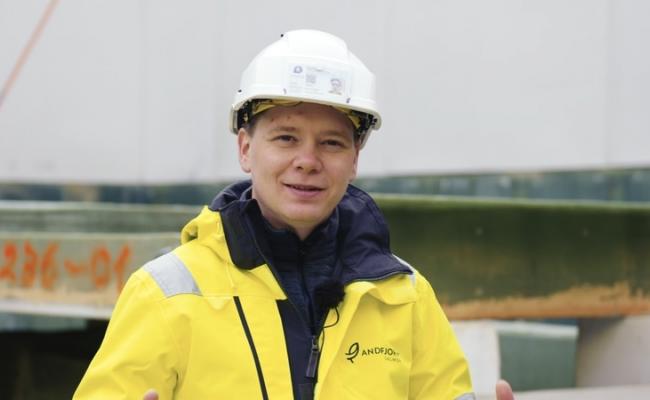Will Allow the Fish Farming Industry to Use New Areas along the Coast

“If we are to be able to start using new parts of our ocean areas, we need new technology”, says Jon Arne Grøttum, Director of Seafood at Seafood Norway. (Photo: Kjetil Rykhus/Seafood Norway)
The Norwegian Fisheries Minister wants to award new licenses for fish farming if certain environmental requirements are met. Director at Seafood Norway Jon Arne Grøttum describes the scheme as a push for developing new technology.
The Norwegian Ministry of Trade, Industry and Fisheries proposes to establish a new license scheme for fish farming in which certain environmental-technological requirements form the foundation for awarding licenses.
Fisheries and Seafood Minister Odd Emil Ingebrigtsen (Conservatives) announced the news at the Aqua Nor conference in Trondheim last Tuesday.
Under the new scheme, licenses of a maximum 15,000 tons of biomass (MTB) can be awarded, and each applicant may receive no more than 10 licenses in total. There will be strong requirements that the applicants must meet, and the three environmental requirements include: Zero emissions of eggs and free-swimming stages of salmon lice, minimum 60 percent re-collection of sludge, and requirements related to fish escape security.
Permissions are granted that provide opportunity for developing new technology
A “push” for new technology
Director of Seafood at Seafood Norway Jon Arne Grøttum says it is positive if such a scheme is now to be established. He conditions his answer on the fact that the proposal nevertheless is subject to a hearing first, and that not all details are in place yet.
“If we are to reach the ambitions, we have set for the seafood industry, we have to start using a larger part of our ocean areas. If we are to be able to use these areas, we need new technology”, he says to High North News.
He explains that the scheme may facilitate development of new technology that can be used in areas where traditional technology is not feasible today. This could apply to e.g. fish farming in more exposed waters and threshold fjords, where replacement water may be scarce.
Thus, it may lead to more closed fish farming plants based near the coast.
“If we are to be able to use the entire coastline, we need to develop new production forms, which involves higher risk and larger investments. In order to make this happen, we need a foot in the rear, and that is what the Ministry is now facilitating.”
“It is important to us that the state should not set the premises for what technology to use, but rather to set requirements for how to produce. Given that, we are pleased with this scheme, as it awards permits that allow for developing new technology.
In a press release, Fisheries and Seafood Minister Odd Emil Ingebrigtsen (Conservatives) says that today’s production in open nets will remain one of the core pillars of Norwegian fish farming.
“In addition, we are facilitating land-based fish farming and sea farming at sea. With this scheme, we are pointing out a new direction allowing the fish farming industry to start using new areas along the coast”, Ingebrigtsen says.
Increase production
The permissions of the new environmental technology comes on top of the growth offered in the regular way, through the traffic light system.
“Overall, this allows the Norwegian seafood industry with significant opportunities to increase production in the future. When this becomes subject to a hearing, we want to elaborate the scheme further and we look forward to receiving many and constructive hearing inputs”, the Fisheries and Seafoood Minister adds.
Awarding licenses
The Ministry of Trade, Industry and Fisheries writes that it will propose two alternative awarding methods in its hearing letter.
- Licenses are awarded on an auction following a pre-qualification competition.
- The other option is to award licenses to the best concepts of an innovation competition. Applicants can accumulate innovation points for solutions going beyond the minimum requirements when it comes to sludge. It will also be possible to earn innovation points for reaching other pre-defined environmental criteria. The Ministry will revert to this in its hearing letter. The compensation for the permits will be set based on the auction prices reached in relation to regular capacity adjustments, however, with a reasonable deduction.
A different issue for further evaluation is whether or not the permits should be time limited or not, the Ministry writes. Regardless of methods used for awarding license, the conditions will follow the permits. A fish farmer violating the conditions following the permits may face reactions in the form of sanctions or a rescinding of licenses.
Also read
This article was originally published in Norwegian and has been translated by HNN's Elisabeth Bergquist.



